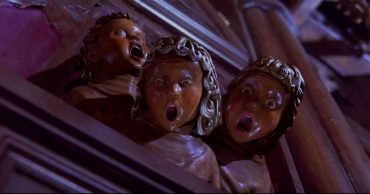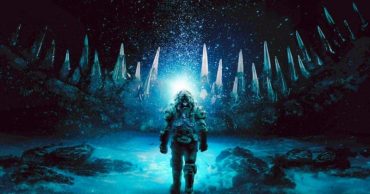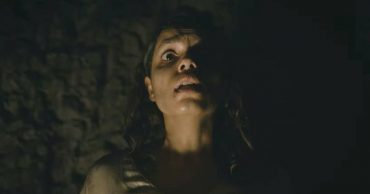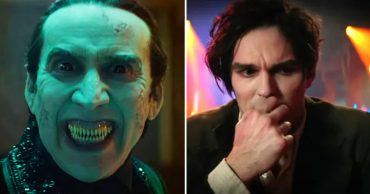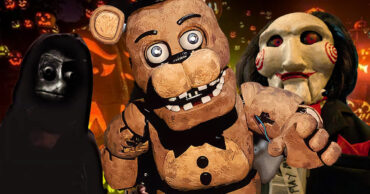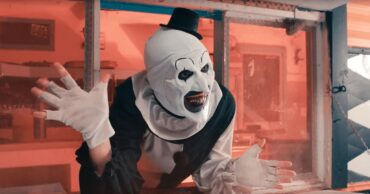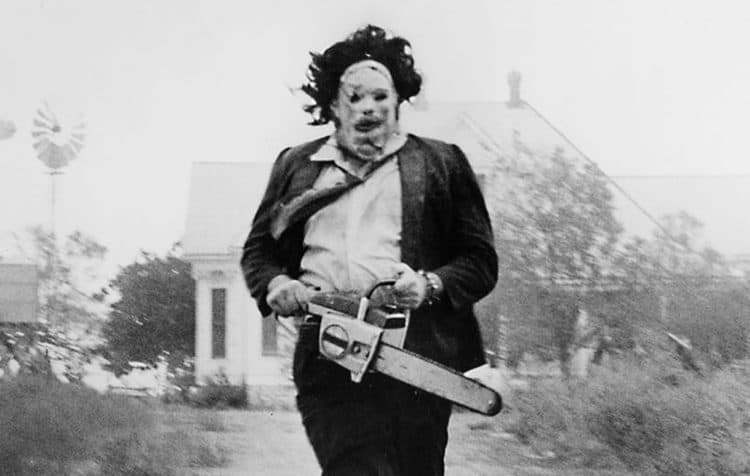
With announcement of a revamped version of The Texas Chainsaw Massacre hitting Netflix in 2022, and in hindsight of about a million and one sequels, remakes, reboots, et al., there exists the original, 1974 film that started it all. When I first saw this film, as a kid home alone in a rural country house sometime in the summer of 1996, I have struggled for decades since trying to adequately describe the sheer state of cataclysmic terror this film left me in. Maybe it helped that I was a cinephile, even at the age 13, so I was bound to always invest fully in the narrative delivery of the film I was watching at any given time. I say that because some of my friends later found it to be cheesy, but then again, they found Scream (1996) to be scary haha. But there was something about this quick-running, murky (VHS didn’t help I am sure), and eternally gritty horror film; it was almost like surviving a creepy trance that happened to be set in the 7th circle of hell. The only consensus I could make with a 13-year old brain is that what I had just watched was practically a documentary that turned into a snuff film from summer 1973, that had illegally found its way onto the shelves of the horror section at the down-the-road Family Video. And keep in mind there is very, very little blood and gore in The Texas Chainsaw Massacre; no, what I had just experienced, and what scared me to a disturbing degree for weeks afterwards was achieved by using pure atmosphere and filmmaking mastery. What I saw that summer was the single greatest horror film in this history of the medium. Here’s why.
Cinema Verité Horror
Tobe Hooper’s film may appear odd to those who first view it. We know its a horror movie, if for any other reason than its title, but the film stock and cinematography are gritty, crackling, ultra-cheap, and framed as if we are watching a documentary about traveling hippies. There is nothing glossy or overstated, gory or well-manicured like you will find in the 2003 remake; just a camera capturing a humid van ride around the desolate mid-Texas landscape. In the 1950s and 1960s, cinema verité was a filmmaking movement that sought to capture real, everyday footage without any narration or external exposition–a literal moment in time with no regard for the mundane or irrelevant spoiling a story the filmmaker was trying to tell. Hooper films the movie exactly like this, and we can literally feel the heat, discomfort, and everydayness of the locals the van of friends meet along the way towards one of their grandfather’s old properties in the middle of the woods. This style also makes the horror scenes nearly unbearable once they get going.
Creepy, Claustrophobic Atmosphere, Score, and Sound Design
The movie is also tensely claustrophobic. The old house in the rural Texas landscape, a gas station displaying questionable-looking meat, the inside of the van, even out on the highway during the film’s legendary final scene–all of these set pieces are real and pure location filming. The movie also feels creepy in ways that are hard to quantify. The movie opens with the most serious-sounding, Edgar Allan Poe-type narration that warns us that what we are about to see is true (well, somewhat, it was loosely based on Ed Gein). As if that isn’t eerie enough, we are then treated to the sound of a forensic camera taking pictures of desecrated corpses recently dug up at a nearby graveyard. The camera flickers briefly on a decaying piece of flesh and each edit sharply cuts to the next with the sound of the camera. Take the scene where Kirk slowly but surely scopes out the Sawyer family home while Pam angrily sits in a nearby swing. As Kirk keeps knocking on the door, all we hear are strange, pig-sounding noises emanating from the back part of the house. Kirk goes inside, swings open a foreboding looking metal door, and Leatherface appears to kill Kirk with a sledgehammer before slamming the metal door–the sound design of the entire scene is horrific. The score by Hooper and Wayne Bell is also unrelenting and tense, especially during the “dinner scene.”
Matter of Fact Depiction of Macabre Depravity
With the documentary-like filmmaking style also comes a frank and matter-of-fact depiction of horror. The Sawyer family are all murderous cannibals and graverobbers, and Hooper and co. use no distracting filmmaking devices to heighten or exaggerate these horrors; everything is just matter-of-fact. There is no attempt on the part of the writers to explain why the Sawyers are the way they are nor is there any attempt to dive into some sort of backstory to add exposition to the character dynamics. All of this adds to the frank and real-time feeling that the movie conveys.
The Chase Scene Through the Woods
After Kirk, Pam, and Jerry meet their ends by Leatherface, Sally and Franklin take off into the woods at nightfall to search for them. We know Leatherface probably hears the two of them relentlessly screaming for their friends, and Hooper brilliantly never shows him leaving the house to come after them. This allows us to be surprised as Sally and Franklin navigate the woods, and when Leatherface pops out of nowhere to butcher the wheelchair-bound Franklin, one of the best chase scenes in horror history commences from there. Nothing can quite describe the sheer brilliance of this scene.
The Film’s Pacing
Finally, it’s the overall pacing of the movie that also adds to its strange power and horrific immediacy. Hooper, along with cinematographer Daniel Pearl and editors Sallye Richardson and Larry Carroll expertly set up each scene and provide just enough tension and atmosphere to work the viewer up into a frenzied state before hitting them with the scare. This style would be imitated from 1975 to the present day, but the original is still the best. Many may disagree, but TCM ’74 is the crowning achievement of horror cinema.Netflix in 2022
 Follow Us
Follow Us
